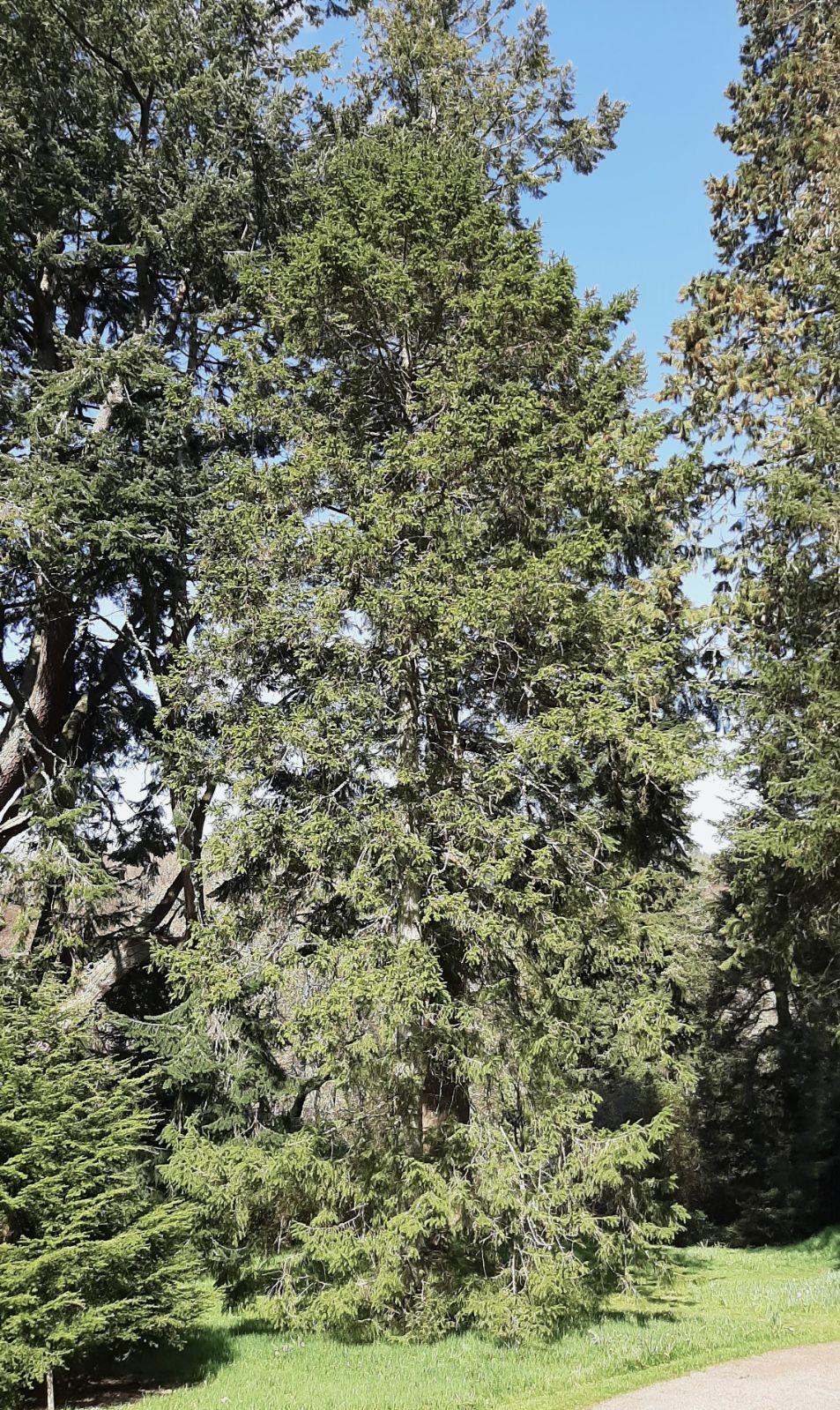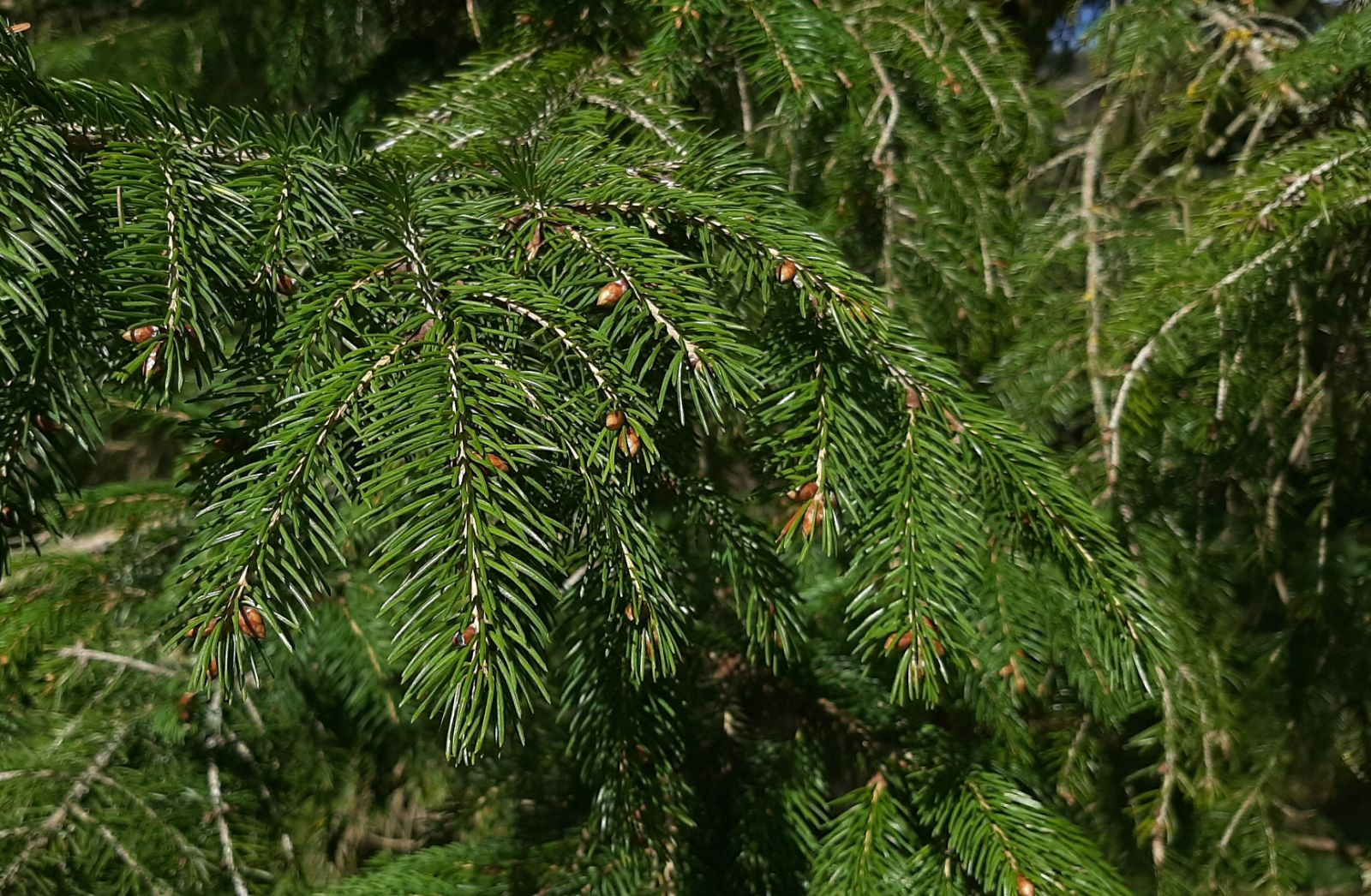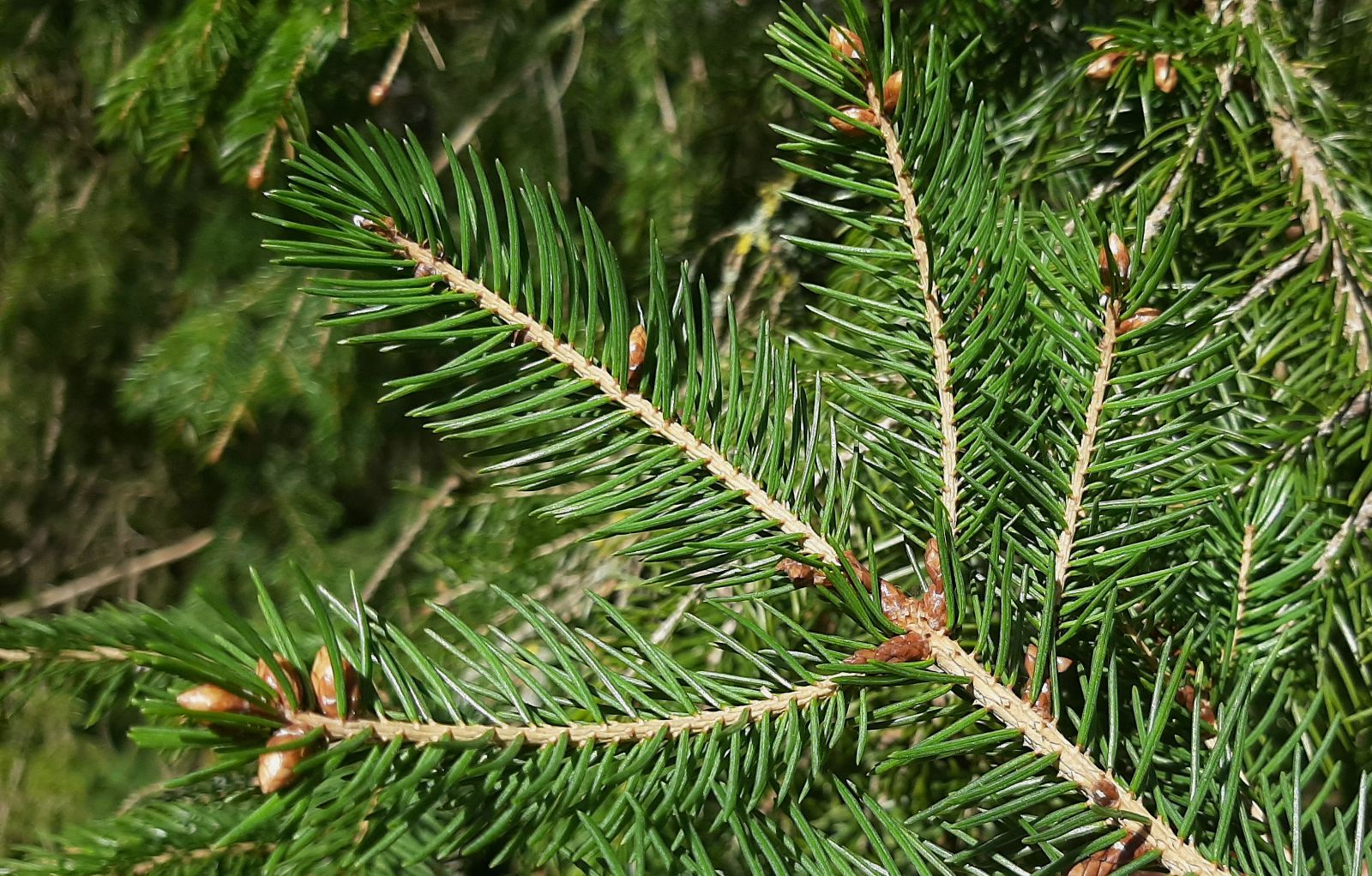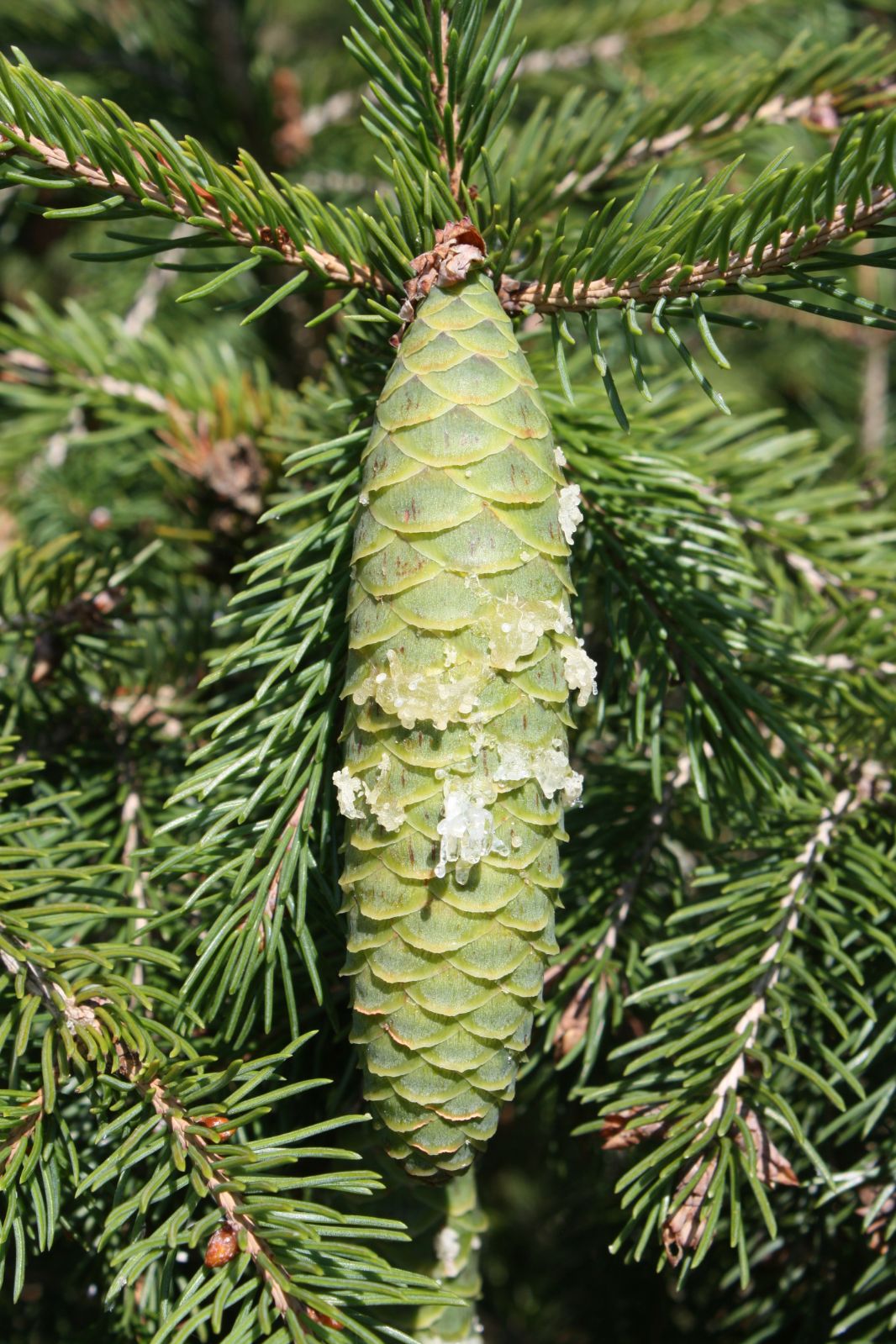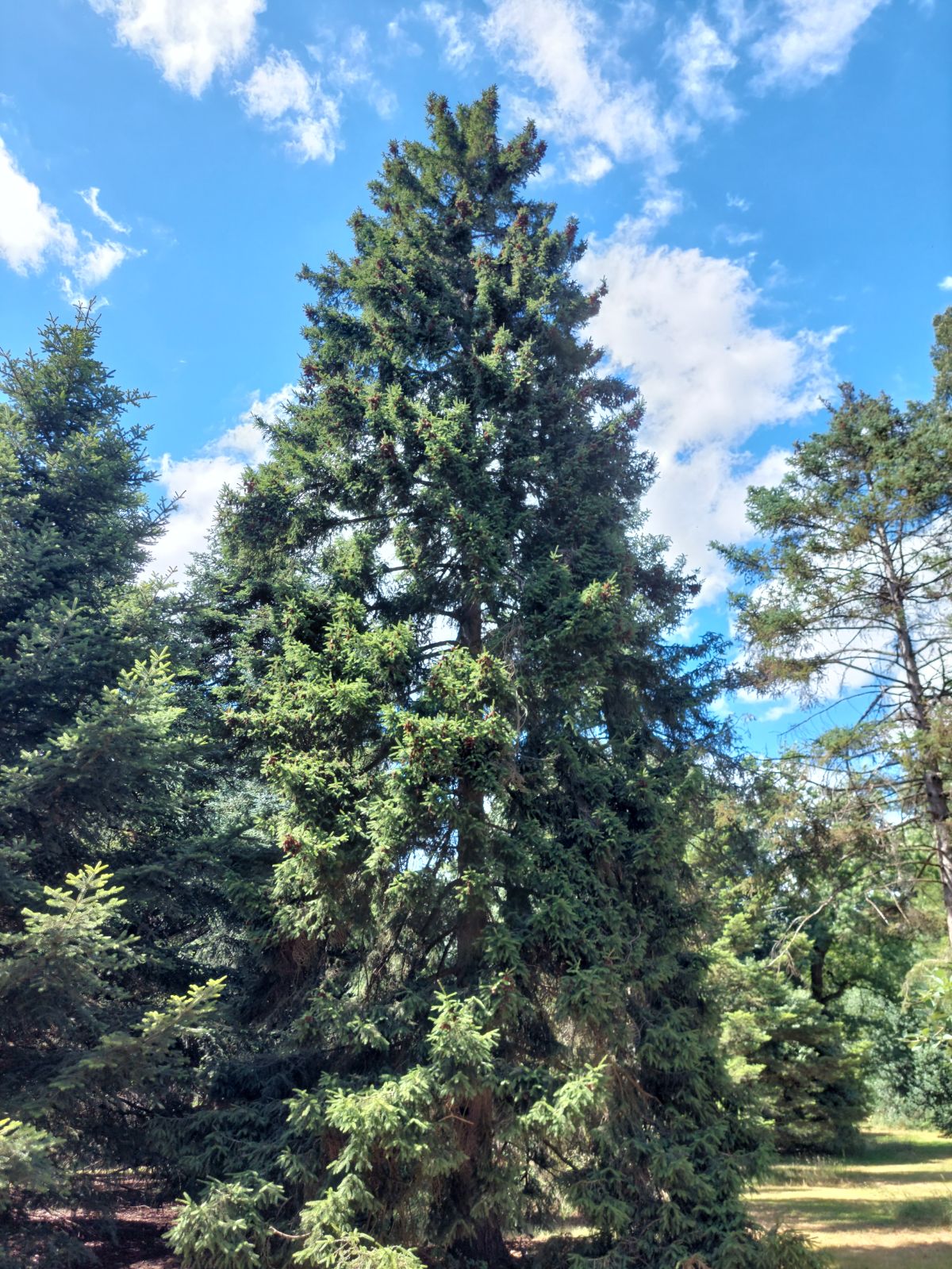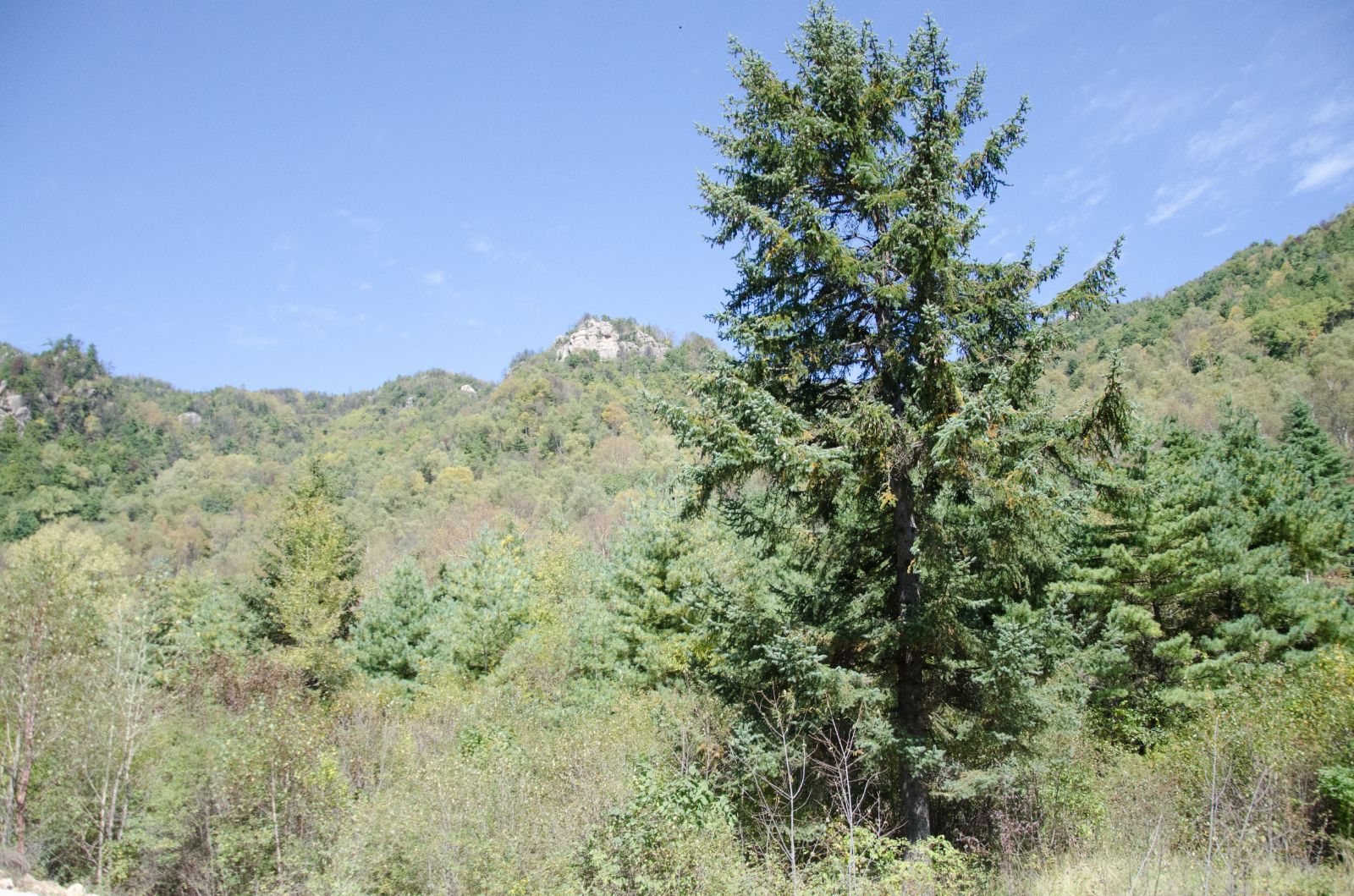Picea wilsonii
Sponsor
Kindly sponsored by
This genus has been sponsored and new text is being prepared.
Credits
Article from Bean's Trees and Shrubs Hardy in the British Isles
Recommended citation
'Picea wilsonii' from the website Trees and Shrubs Online (treesandshrubsonline.
Genus
Synonyms
- P. watsoniana Mast.
Other taxa in genus
- Picea abies
- Picea alcoquiana
- Picea asperata
- Picea brachytyla
- Picea breweriana
- Picea chihuahuana
- Picea crassifolia
- Picea engelmannii
- Picea farreri
- Picea glauca
- Picea glehnii
- Picea jezoensis
- Picea koraiensis
- Picea koyamae
- Picea likiangensis
- Picea linzhiensis
- Picea × lutzii
- Picea mariana
- Picea martinezii
- Picea maximowiczii
- Picea meyeri
- Picea morrisonicola
- Picea obovata
- Picea omorika
- Picea orientalis
- Picea polita
- Picea pungens
- Picea retroflexa
- Picea rubens
- Picea schrenkiana
- Picea sitchensis
- Picea smithiana
- Picea spinulosa
A tree 70 to 80 ft high of shapely pyramidal form, with short horizontally spreading branches. Young shoots quite glabrous, pale, greyish, becoming whitish the second year; ‘pegs’ left by the fallen leaves quite small. Leaves stoutish, quadrangular, sharply pointed, up to 5⁄8 in. long, densely set and pointing forwards on the upper side, those beneath spreading laterally at right angles to the shoot in two sets. Cones ovoid to cylindrical, 11⁄2 to 3 in. long; cone-scales thin, broadly rounded, slightly jagged at the margin. Wilson observes that the cones are very freely produced and remain on the tree for a year or more after they are ripe. Bot. Mag., n.s., t. 107.
Native of China, where it is common in the mountains of N.W. Szechwan and N.W. Hupeh and extends northward to Kansu and Shansi. A sterile specimen was collected by Augustine Henry in 1888, but the species was first described from fuller material collected by Wilson, and was introduced by him in 1901 for Messrs Veitch (Seed No. 1309).
From the Supplement (Vol. V)
specimens: Wakehurst Place, Sussex, pl. 1917, 56 × 41⁄2 ft (1982); Borde Hill, Sussex, Pinetum, 65 × 31⁄4 ft (1981); Dawyck, Peebl., 52 × 43⁄4 ft (1982); Headfort, Co. Meath, Eire, 56 × 43⁄4 ft and 48 × 51⁄2 ft (1980); Birr Castle, Co. Offaly, Eire, 69 × 41⁄2 ft (1985); Abbeyleix, Co. Laois, Eire, 42 × 31⁄4 ft (1985).

